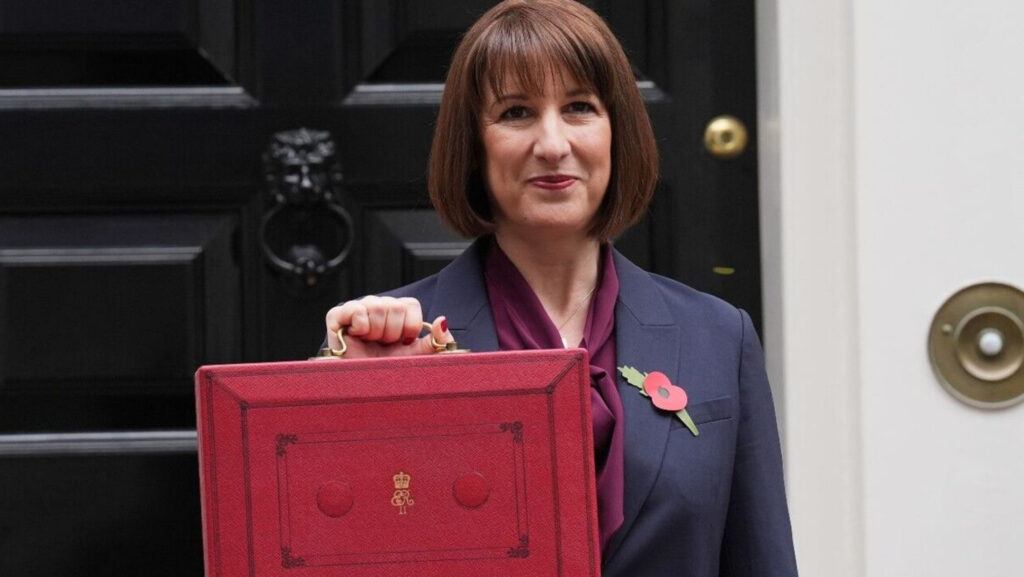Address
Chapel en le Frith, High Peak, Derbyshire
Work Hours
Monday to Friday: 9AM - 7PM
Weekend: 10AM - 5PM


Gifting Assets and the 7-Year Rule: How to Use Potentially Exempt Transfers (PET) for Inheritance Tax Planning
Gifting assets as part of inheritance planning can be a powerful strategy for reducing inheritance tax (IHT) liabilities in the UK. One of the most effective tools for this purpose is the 7-Year Rule, which allows you to pass on assets to your loved ones without triggering IHT—provided you live for seven years after making the gift. This is known as a Potentially Exempt Transfer (PET). In this blog, we’ll cover how the 7-Year Rule works, the benefits and risks, the cost implications, and how taking out life insurance can protect your beneficiaries if you pass away within the seven-year period.
What is a Potentially Exempt Transfer (PET)?
A Potentially Exempt Transfer (PET) is a gift that, if made by an individual, will eventually be free from inheritance tax, provided they survive for seven years from the date of the gift. PETs are often used by individuals looking to reduce the size of their estate for IHT purposes, as they allow for tax-free transfers of wealth to family members, friends, or others.
Under UK tax law, gifts made more than seven years before your death are typically not subject to inheritance tax. However, if you die within seven years of making the gift, it may still be taxed on a sliding scale through what is known as taper relief.
Benefits of Gifting Assets with the 7-Year Rule
Significant Tax Savings: Gifts made at least seven years before death are entirely exempt from inheritance tax, potentially saving beneficiaries up to 40% on large gifts.
Reducing Estate Size: By gifting assets such as land early, you reduce the overall value of your estate, minimizing the IHT burden and potentially keeping your estate under the tax-free threshold, or nil-rate band, currently set at £1,000,000.
Flexibility in Asset Transfer: PETs allow you to transfer various types of assets—cash, property, investments, etc.—as long as you genuinely relinquish control and ownership of the asset such as land, barns machinery but not the house.
No Immediate Tax Charge: Unlike some other gifts or transfers into trusts, PETs do not incur an immediate IHT charge when the gift is made, which can help with planning cash flow.
Risks and Considerations with the 7-Year Rule
Survival Requirement: The main risk of using a PET is the seven-year survival requirement. If you pass away within seven years, the gift will be counted toward your estate for IHT purposes, potentially incurring a tax liability.
Taper Relief Reductions: If you die between three and seven years after making the gift, the tax on that gift is reduced progressively. However, taper relief does not apply if the total estate falls within the nil-rate band (£1,000,000), and the full 40% rate may still apply for smaller gifts if combined estates exceed this threshold.
Gifts with Reservation of Benefit: If you retain any benefit from the gifted asset (such as continuing to live in a property without paying market rent), the gift may not qualify as a PET and could still be liable for IHT.
Loss of Control: Once you gift an asset, you have legally relinquished control over it. This could be risky if your financial situation changes, or if relationships with beneficiaries evolve in ways you didn’t anticipate.
The Cost of Gifting and Potential IHT Liability
The cost of making a PET is typically low, but there are potential tax implications if you pass away within the seven-year window. Here’s how the taper relief works for PETs:
Time Between Gift and Death IHT Rate Applied to Gift
Less than 3 years 40%
3 to 4 years 32%
4 to 5 years 24%
5 to 6 years 16%
6 to 7 years 8%
More than 7 years 0% (no tax)
For instance, if you gift £100,000 and pass away four years later, taper relief would reduce the tax rate from 40% to 24%, resulting in a £24,000 IHT liability.
The total inheritance tax on PETs will depend on the total value of all PETs made within seven years of death, the size of your estate, and any available exemptions or reliefs, such as the nil-rate band or spouse exemption.
Taking Out Life Insurance to Cover IHT Liability on PETs
Since surviving for seven years is not guaranteed, one way to protect your beneficiaries from an unexpected IHT bill is to take out life insurance specifically to cover any potential IHT liability. This approach can provide peace of mind by ensuring that your beneficiaries won’t need to use inherited assets to cover tax costs.
How It Works
Calculate Potential IHT Liability: Estimate the potential inheritance tax that could be due on gifts if you pass away within the seven-year period.
Choose a Suitable Policy: The policy should ideally be a whole-of-life policy, as term insurance may not cover an unknown period.
Place the Policy in Trust: To ensure the insurance payout is not subject to IHT itself, you should place the life insurance policy in trust. This means the payout will go directly to the trust’s beneficiaries (your heirs) rather than being counted as part of your estate.
Cost of Life Insurance: The cost of life insurance to cover IHT can vary depending on factors such as age, health, and the amount of coverage needed. On average, for a 60-year-old, a whole-of-life policy to cover £100,000 in potential IHT might cost £100 to £200 per month, although costs can vary significantly.
Benefits of Life Insurance for PET IHT Planning
Provides Certainty: Your beneficiaries receive a tax-free sum specifically to cover any IHT liability, allowing them to inherit other assets without needing to sell them or use savings to cover taxes.
Avoids Straining Inheritance: If IHT is due on a PET, the tax must be paid by the beneficiaries. Life insurance ensures they have the funds to cover it without eroding their inheritance.
Considerations and Risks
Cost of Premiums: Life insurance premiums can add up over time, especially if you require a high coverage amount. Whole-of-life policies are typically more expensive than term policies.
Changing Needs: If you gift more assets later on, you may need to increase the insurance coverage, which may raise premiums.
Trust Setup: Setting up a trust for the life insurance policy can incur a small additional cost, typically around £500 to £1,000 in legal fees, depending on the complexity.
Summary: Key Takeaways for Gifting Assets with the 7-Year Rule
Using Potentially Exempt Transfers (PETs) under the 7-Year Rule can be a highly effective way to reduce your inheritance tax liability and transfer wealth tax-free. The benefits include significant tax savings, reduced estate size, and flexible asset transfer options. However, there are risks involved, particularly if you pass away within seven years, which could leave your beneficiaries liable for a substantial tax bill.
Taking out life insurance to cover this potential liability can be a smart way to protect your beneficiaries and ensure they receive the full value of their inheritance. While life insurance premiums are an added cost, placing the policy in a trust and planning accordingly can provide peace of mind, allowing your beneficiaries to focus on their inheritance rather than tax bills.
Overall, the 7-Year Rule, when combined with careful planning and life insurance, can help you pass on wealth efficiently, giving your loved ones financial security while minimizing tax liabilities.